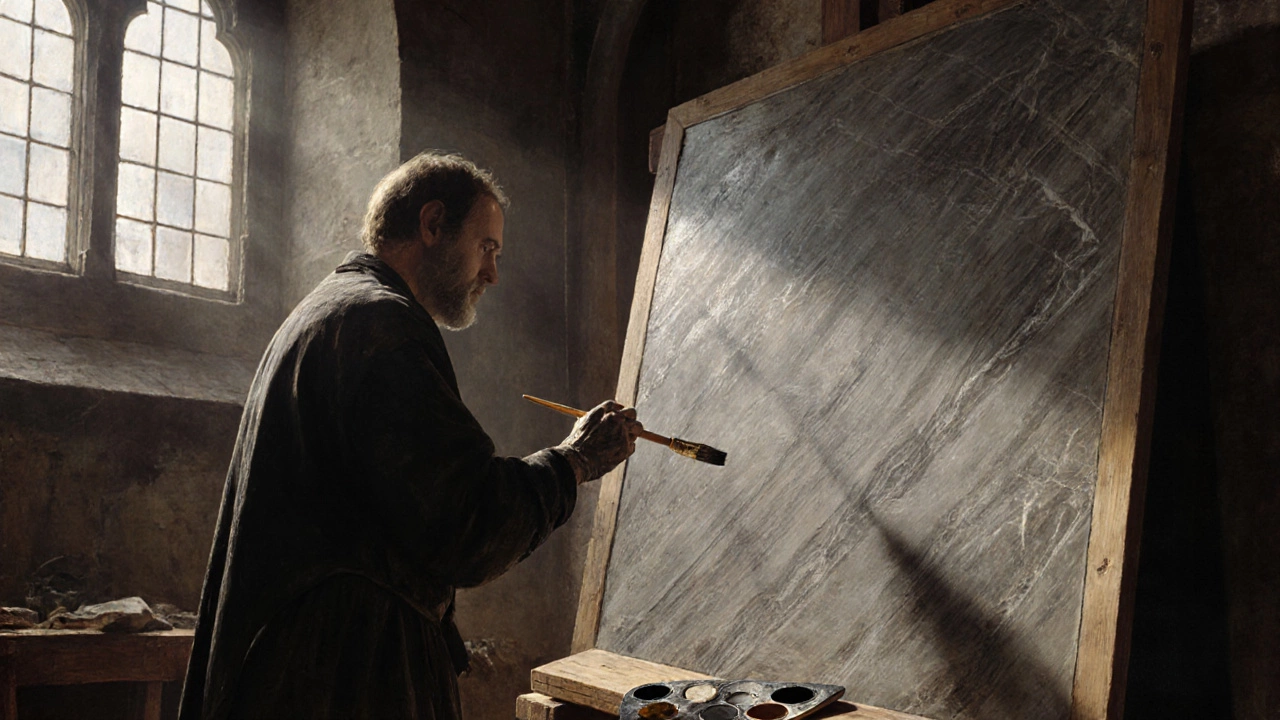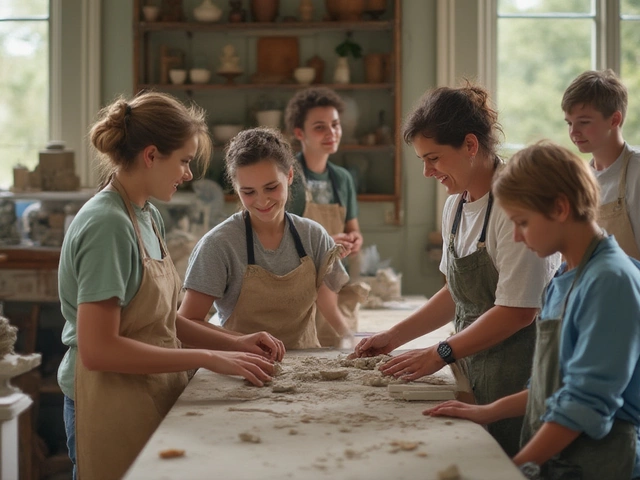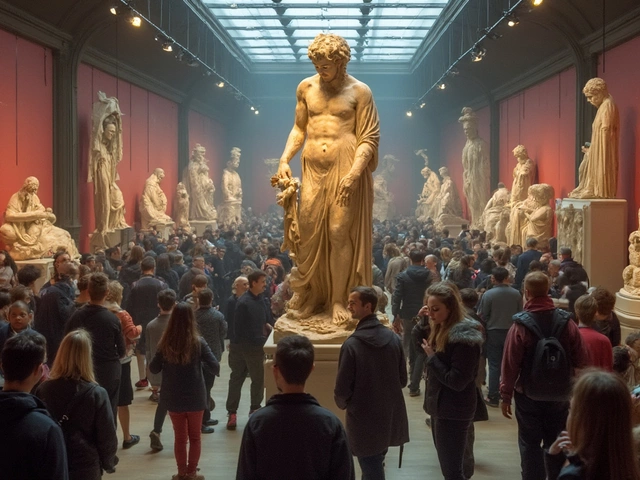Fresco Painting: History, Materials and Modern Tips
When working with Fresco, a wall painting technique that binds pigments directly into wet lime plaster, creating a durable and vibrant surface. Also known as wall fresco, it has been used for centuries in churches, palaces and public spaces. If you’re curious about fresco techniques, keep reading.
The term Mural, large-scale artwork applied directly to walls or ceilings. Wall painting often overlaps with fresco, but not every mural uses the same method. Fresco encompasses mural painting, meaning every fresco is a mural, but many murals are done with acrylics or spray paint instead. Understanding this relationship helps you choose the right approach for your project.
One of the key ingredients is Lime plaster, a mix of burned limestone, sand and water that provides the surface for pigment absorption. This material requires careful preparation because fresco requires lime plaster to bind pigment. Lime plaster also reacts with carbon dioxide in the air to harden, ensuring the colors stay vivid for centuries. The rule “fresco requires lime plaster” is a simple way to remember the core material.
Colors come from Pigment, finely ground natural or synthetic particles that give paint its hue. In fresco, pigment determines the final palette because it must survive the alkalinity of wet plaster. Choosing the right pigment is crucial; mineral pigments like ochre and ultramarine have proven stability, while modern synthetic options expand the range. The statement “lime plaster binds pigment” captures this essential interaction.
Modern artists are reviving fresco for contemporary wall art, blending ancient methods with new tools. Today’s studios use portable mixers, breathable scaffolding and digital design references to plan large compositions. Public art projects benefit from fresco’s durability, especially in outdoor settings where weather resistance matters. Because mural influences public art, many cities commission frescoes to beautify streetscapes and preserve cultural heritage.
Preserving a fresco involves careful conservation. Professionals monitor humidity, temperature and salt migration, all of which can damage the plaster‑pigment bond. Simple preventive steps—like avoiding direct sunlight and controlling indoor climate—extend a fresco’s life. Knowing how to maintain your work ensures it stays a vibrant part of the space for generations.
Getting started doesn’t require a master’s degree, but a few tools make the process smoother. A sturdy trowel, a smooth plaster hawk and a mixing bucket are basics. Mastery comes from practice: applying a thin “intonaco” layer, working quickly before it dries, and using a “graining” technique to embed pigment evenly. Each step reinforces the principle that fresco is both art and chemistry.
Below you’ll find a curated selection of articles that dive deeper into every aspect we’ve touched on—from choosing the right surface for portrait painting to mastering oil paint activation and beyond. Whether you’re a beginner curious about the basics or an experienced painter looking for advanced tips, the resources ahead will guide you through the full spectrum of fresco and related techniques.
Grisaille Technique Explained: History, Materials & How‑to Guide
Learn what the grisaille technique is, its history, materials, step‑by‑step guide and tips for creating striking monochrome artworks.
Continue Reading




